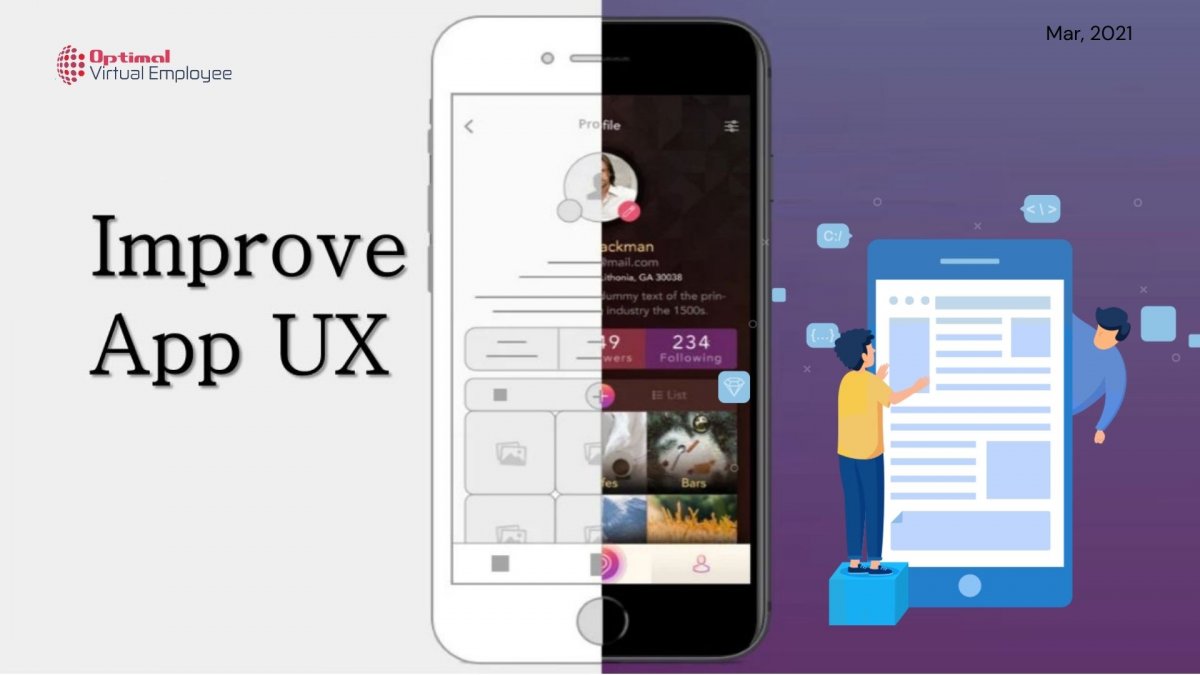Are you a creative visionary with an awesome app idea but no clue about how to go eabout it? You are not the only one. It’s common for entrepreneurs to be confused about the ways to reach their goals when it comes to mobile app development. A robust discovery process can help you gather plenty of information and strain it to reach actionable insights.
The best discovery process makes the base of the mobile app development project. It guides the app UX, design and other crucial development decisions. It serves as a source of reference as the development process proceeds towards completion. It is central documentation that keeps the whole team in sync. The Discovery process is used by app developers to validate the conclusions from prior research, conclude and agree on a set of features that resonate with the end goals of the app idea and see what will actually create value for the users.
How long an app discovery process actually is dependent on the nature of the app. It also depends on the app owner’s goals and the quality of their prior research. A discovery process helps app developers jot down useful feature ideas for the final product.
The Stages of the App Discovery Process
The three major stages of app discovery are research, ideation and assessment. Here we dive deep into how each of these stages unfold:
-
Research
In this stage, app developers conduct background analysis of an app idea through mediums like questionnaires and surveys. Here the already available knowledge is spread in the team and the relevant background material is analyzed in great detail. Initial research material like competitor’s analysis, market research and relevant metrics all find use in this phase of the discovery process.
An analysis of these background materials provides a rough framework for developers to proceed. Then with the help of questionnaires and surveys, they delve deep into relevant information that guides app development.
An effectively designed questionnaire can help app developers gather background information, documents and interactions and a presentable format. This is the stage where the app vision becomes clear and the conclusive insights drive the development decisions. Questions are posed to help app owners visualize their apps, brands and define what they want as the end result.
App owners answer how their apps can engage their target audience to reach their goals. This knowledge is much more useful than a typical user persona. In this stage, app developers help app owners identify probable problems and design solutions for them before they arise.
-
Ideation
In this stage, app developers brainstorm and rank features of an app in order of their importance. The complete process revolves around bringing new ideas to the table, discussing them and crafting a path forward with relevant ideas. The ideation stage is an important stage of the app discovery process which helps app entrepreneurs organize their ideas into something actionable.
App developers brainstorm multiple ideas and keep a record of them. They use simple focus questions to help app owners think of various ideas in accordance with the needs of the users. It can be a team exercise where all the team members share their ideas in answer to the focus question. Then ideas are grouped to make clusters. Brainstorming best practices include allowing everyone an equal opportunity to voice their opinions and even allow duplicate and similar tones.
Another useful technique called card sorting, allows app developers and team members to categorize and prioritize their ideas. Card sorting can be instrumental in sorting ideas so that they sync switch user’s needs and organisational goals at the same time. It omits out the need for assumptions regarding navigation and hierarchy. Advanced ideation phase allows division of the card sorting process into two parts: internal and external.
Internal card sorting means the participants have some idea about what the app will be and they rank features in accordance with their importance. On the basis of the result of internal card sorting, external card sorting is conducted with people who are completely oblivious of the app idea. Internal vs external card sorting highlights the differences between the way app owners and users think. We believe it is best to limit the number of cards you have.
- Assessment
In this end stage of the discovery process, app developers sketch and test concepts on the basis of results of the previous stages. In this end phase, app developers ascertain their app ideas on the basis of the results obtained in previous stages. Concept testing sessions are run to develop sketches. Concept testing demonstrates what features would the app have to give a sense of their utility.
There are 3 different aspects of sketch i.e first looks, navigation expectations and resultant satisfaction. Impression testing motivates participants to list tasks that users may want to perform using the app. Then we discuss the navigation needs of the concept. In the end we measure a participants satisfaction level.
In the End
As we progress through research, ideation and assessment during the discovery process, you will identify the real value that the app will create for your users. App developers will prioritize app’s features that will match the end goals of their users. It will help app developers avoid mistakes during the actual app development.
Read more:









